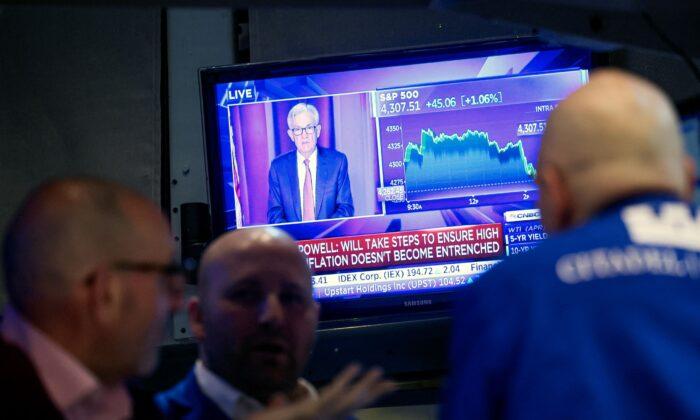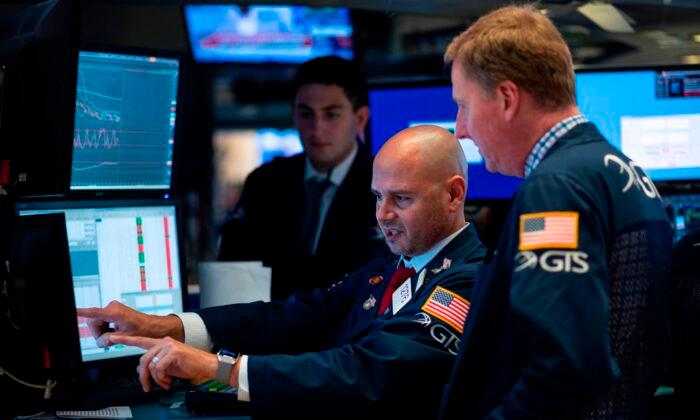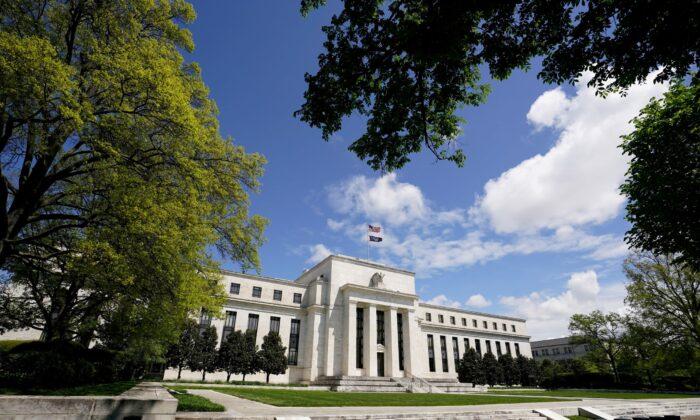With inflation running well above the Fed’s stated target, earlier this month the Fed made its first steps in an attempt to quell inflation, raising the federal funds rate by 25 basis points.
A 25 basis point interest rate increase on its own is unlikely to make a dent in inflation. But the increase marks the first in what will likely be a series of rate rises.
Will It Be Enough?
The Fed currently faces a challenge it hasn’t faced for decades—bringing inflation down.Pandemic-related supply bottlenecks and unprecedented fiscal and monetary support have sent inflation soaring. Personal Consumption Expenditures (PCE) inflation—the measure of inflation the Fed targets—is running at around 7 percent. Even after excluding volatile items such as food and energy, PCE inflation is running at 6 percent. These levels are not only above the Fed’s target but have remained stubbornly high.
Not only is inflation high, but the labor market is also running hot. The unemployment rate is now near its pre-pandemic level at 3.8 percent.
“By many measures, the labor market is extremely tight, significantly tighter than the very strong job market just before the pandemic,” said Federal Reserve Chairman Jerome Powell in a recent speech.
Taken together, these signs point to the need for the Fed to cool the economy, or risk inflation running amok. The recent rate hike was the first step in reining in inflation. But some Fed officials want a more aggressive approach.
Jim Bullard, president of the Federal Reserve Bank of St. Louis and current voting member of the FOMC, wants to see the Fed push rates above 3 percent this year. Bullard dissented in the recent FOMC meeting, advocating for a 50 basis point increase in the federal fund rates. Bullard believes the FOMC’s current approach is too timid and risks undermining the credibility of the central bank.
A Soft Landing
The longer inflation stays high the more doubt markets will have over the Fed’s ability to generate a “soft landing”—tame inflation without generating a recession.Powell expressed optimism in the current approach to generate a soft landing, pointing to historical episodes where Fed tightening cycles didn’t precede a recession. But he appears acutely aware of the challenge in manufacturing a soft landing.
“I hasten to add that no one expects that bringing about a soft landing will be straightforward in the current context—very little is straightforward in the current context,” said Powell in a March21 speech to the National Association for Business Economics. “And monetary policy is often said to be a blunt instrument, not capable of surgical precision.”
But markets appear to be expressing some skepticism, with the yield curve inching closer to inversion. Yield curve inversion, when longer-term interest rates are lower than short-term interest rates, has historically been a good predictor of recessions. An inversion typically reflects the market’s view that rates will go up then down, a pattern often seen when the Fed’s need to tame inflation before trying to offset the contractionary effects of their rate increases.
Yield curve inversion does not necessarily mean a recession is coming. Indeed, the yield curve inversion in 2019 may not have predicted a recession if not for the pandemic induced-recession.
Whether Powell and the Fed can generate a soft landing this time around will be the key challenge for monetary policy over the coming year.



